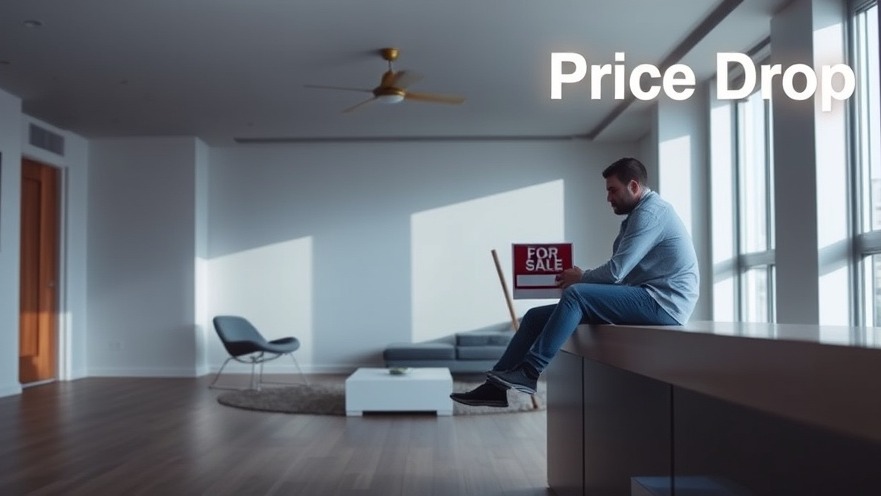
The Surge of Foreign Investment in U.S. Real Estate
In a notable trend, foreign investment in U.S. residential real estate has surged to $56 billion, marking the highest growth rate in this sector since 2017. This influx of capital can be attributed to various factors, including favorable exchange rates, the U.S. housing market's perceived stability, and high demand for residential properties. Additionally, global economic uncertainties are prompting investors to seek secure investment opportunities in the U.S., leading to an uptick in international buyer interest.
Understanding the Current Landscape of Foreign Buyers
As of 2025, data reveals that foreign buyers account for a significant portion of U.S. home sales. According to the National Association of Realtors (NAR), international buyers have increasingly viewed U.S. real estate as a safe harbor for their investments. This growing interest is not only concentrated in luxury markets but is spreading to more affordable neighborhoods across the nation.
Economic Factors Driving Investment
The demand for U.S. homes from foreign buyers is not occurring in a vacuum. Economic stability and strong home price appreciation, alongside a robust rental market, have made the U.S. a highly attractive place for overseas investors. In further alignment with this trend, reports indicate that home values have continued to climb, particularly in urban centers with matched job growth, leading to promising opportunities for both buyers and sellers interested in foreign capital.
Potential Risks and Considerations for Buyers
While the outlook appears promising, potential buyers should remain cautious. The significant growth in foreign investments could lead to increased competition for housing, which may drive up prices. Additionally, regulatory changes and shifts in policy regarding real estate transactions could impact future buying scenarios. Investors should stay informed about the political landscape to navigate potential risks effectively.
Future Predictions for the U.S. Housing Market
Industry experts anticipate that foreign investment in U.S. real estate will continue to flourish. With persistent global economic challenges, many foreign investors are likely to maintain their focus on U.S. properties as a hedge against instability in other markets. The NAR suggests that this trend could reshape housing markets across various regions, influencing domestic sales dynamics and pricing structures.
Understanding Local vs. Global Market Impacts
Interestingly, the rise in foreign investments has different implications across the U.S. Some markets, such as Los Angeles and New York, are being significantly influenced by international buyers, driving up property values. Meanwhile, smaller markets may experience a stabilizing effect, providing local buyers with an opportunity to enter the market before prices escalate further.
For residential and commercial property owners, it's crucial to understand these dynamics. Recognizing the influence of foreign investments can provide valuable insights into future sales strategies and market positioning. By aligning with trends and preparing for shifts in buyer demographics, property owners can optimize their transactions in an evolving landscape.
Foreign investment is reshaping the U.S. housing market in both predictable and unpredictable ways. For those looking to buy or sell, understanding these trends can aid in making informed decisions. Staying informed about market movements, investment opportunities, and emerging buyer demographics will provide an advantage as the market continues to evolve.
To capitalize on the increasing interest and understand how it affects you as a homeowner or investor, consider consulting with real estate professionals who can provide tailored insights and advice.
 Add Row
Add Row  Add
Add 




Write A Comment